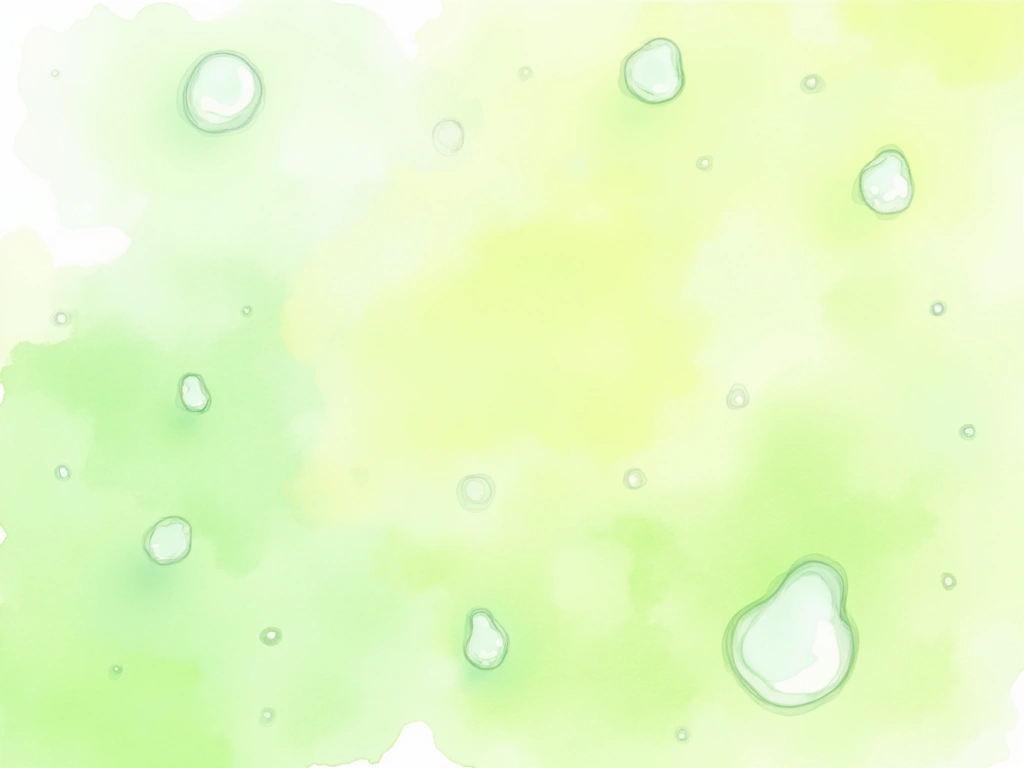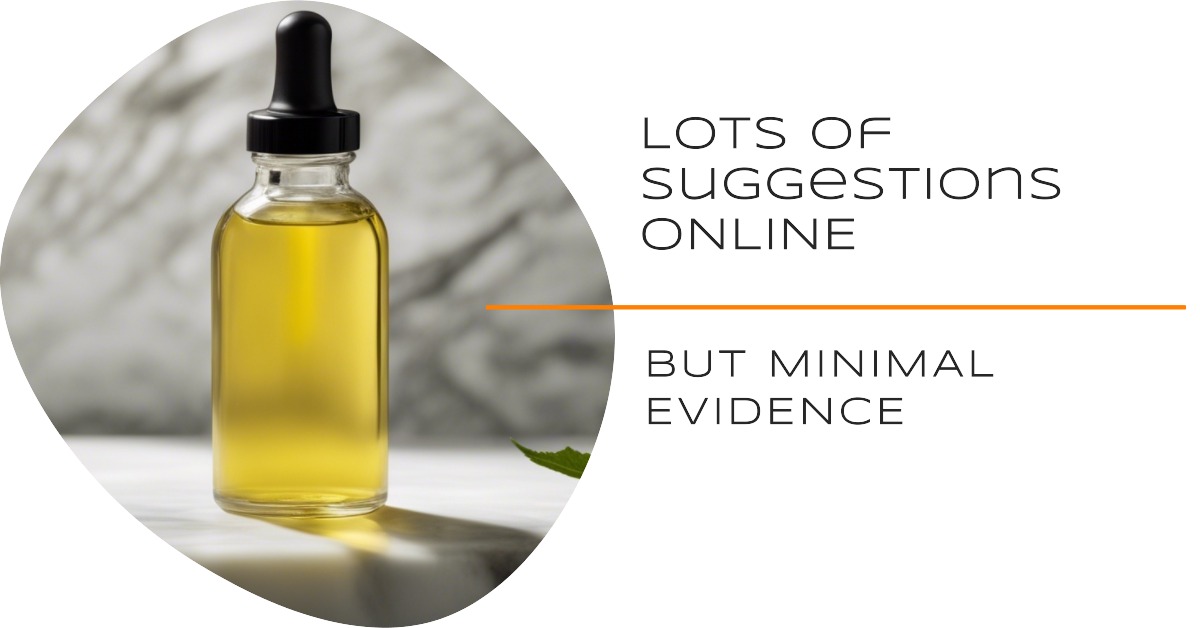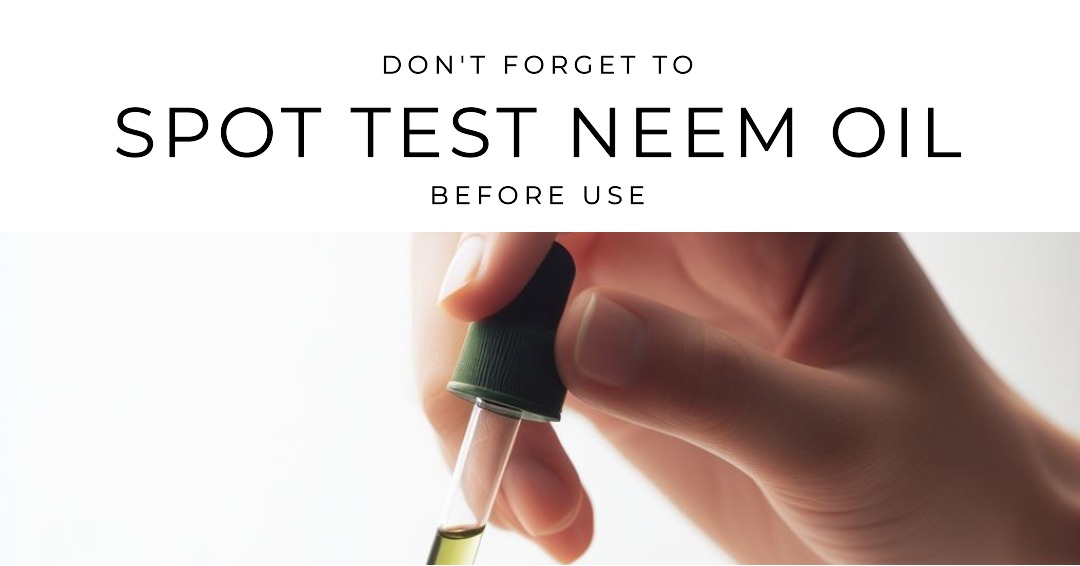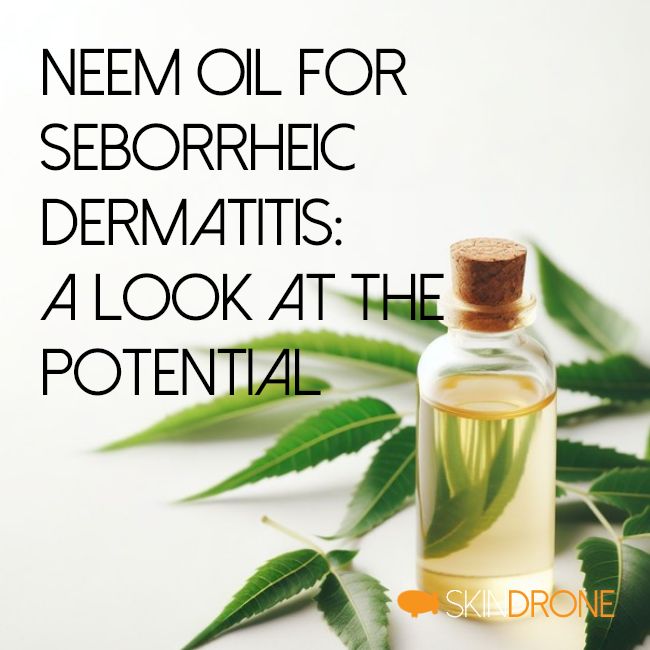Quick Article Highlights:
- Neem oil shows promise for seborrheic dermatitis due to its anti-inflammatory and antifungal properties.
- Research suggests neem oil can target Malassezia yeast, a key factor in seborrheic dermatitis.
- Topical neem oil is generally safe, but patch testing is recommended to avoid allergic reactions.
- Neem leaf extract offers similar benefits and may be less allergenic for some.
- More research is needed to confirm neem oil’s effectiveness specifically for seborrheic dermatitis.
Seborrheic dermatitis is a frustratingly common skin condition characterized by red, itchy, and flaky skin. While it frequently affects the scalp (dandruff is a mild form), it can also appear on the face, ears, chest, back, and other body areas.
The exact cause isn’t fully understood, but seborrheic dermatitis is linked to an overgrowth of Malassezia yeast on the skin, along with immune system and skin oil production imbalances. Currently, there’s no cure, but various treatments aim to manage the bothersome symptoms.
Natural, plant-based oils are gaining traction as alternative treatments for skin conditions. Neem oil, extracted from the seeds of the neem tree (Azadirachta indica) native to India, is one such oil. It boasts a long history in Ayurvedic and folk medicine.
Let’s delve into the scientific evidence surrounding neem oil and its potential for managing seborrheic dermatitis.

Research Insights into Neem Oil
Numerous studies have investigated neem oil’s effects on the skin and its antimicrobial capabilities:
- Topical Safety: Neem oil appears safe for skin application. While ingesting it can be toxic, external use generally shows mild effects on the skin [1, ].
- Antimicrobial Properties: Ayurvedic medicine has traditionally used neem oil to address various skin disorders, leveraging its antimicrobial actions [3, ].
- Allergic Reactions: Contact dermatitis (allergic reactions) is a possibility with topical neem oil, so caution is advised [5].
- Antibacterial Potential: Neem oil’s antibacterial effects might help control Helicobacter pylori, a bacterium linked to certain skin issues [6].
- Key Active Compound: Azadirachtin, the primary active component in neem oil, likely contributes significantly to its therapeutic benefits [7].
Overall, research indicates that neem oil is generally safe for skin and exhibits promising antimicrobial properties. However, the potential for allergic reactions should be kept in mind.

How Neem Oil May Target Seborrheic Dermatitis
While direct studies on neem oil for seborrheic dermatitis are lacking, its known properties suggest potential benefits:
- Antifungal Action Against Malassezia: Neem oil demonstrates antifungal effects against Malassezia yeasts, which are known to exacerbate seborrheic dermatitis [8].
- Anti-inflammatory and Immunomodulatory Effects: It exhibits anti-inflammatory, antibacterial, and immunomodulatory activities, all of which can be beneficial for inflammatory skin conditions like seborrheic dermatitis [9].
- Antioxidant Properties: Neem oil contains antioxidant compounds that combat free radicals and oxidative stress, factors involved in inflammation [10].
These properties suggest neem oil could potentially alleviate seborrheic dermatitis by reducing yeast overgrowth, inflammation, and oxidative damage. However, dedicated research focusing specifically on seborrheic dermatitis is needed to confirm these effects.


Important Safety Considerations for Neem Oil
Keep these safety points in mind when considering neem oil:
- Patch Test First: Always perform a patch test on a small skin area before applying neem oil more broadly to check for allergic reactions [11].
- Topical Use Only: Avoid ingesting neem oil, as it can be toxic. Stick to topical application [12].
- Avoid Mucous Membranes: Keep neem oil away from eyes and other mucous membranes. If contact occurs, rinse immediately with water.
- Pregnancy and Breastfeeding: Pregnant or breastfeeding women should use neem oil cautiously due to limited safety data.
- Discontinue if Irritation Occurs: Stop using neem oil if you experience any irritation or adverse effects.
While generally safe for topical use, these precautions are important. Closely monitor your skin when you first start using neem oil and opt for gentle, non-irritating formulations.

Neem Leaf Extract vs. Neem Oil: What’s the Difference?
Both neem leaf extract and neem oil come from the neem tree but differ slightly:
- Neem Oil: Extracted by pressing neem seeds, neem oil is concentrated with active compounds like azadirachtin.
- Neem Leaf Extract: Derived from neem leaves, this extract provides antioxidant compounds like quercetin.
- Similar Skin Benefits: Both offer skin benefits such as reducing inflammation, combating yeast overgrowth, and addressing skin aging. Neem oil’s fat-soluble nature might enhance skin penetration.
- Allergenicity: Neem leaf extract may be less likely to trigger allergic reactions. However, neem oil is generally considered non-toxic when used topically.
For seborrheic dermatitis, neem oil might be slightly more advantageous, but neem leaf extracts also hold promise for skin health.

Neem Oil for Seborrheic Dermatitis: Summing Up the Potential
Current evidence suggests that neem oil could be a helpful natural option for managing seborrheic dermatitis symptoms when applied topically. Its antifungal and anti-inflammatory actions may address some of the root causes of this skin condition.
Remember to patch test neem oil before widespread use to check for allergies. As with any treatment, consult your doctor before using neem oil, especially if you are pregnant or breastfeeding. With appropriate precautions, neem oil and neem leaf extracts could be valuable additions to your seborrheic dermatitis management plan, either alongside or as alternatives to conventional treatments.


No Comments
Be the first to start a conversation